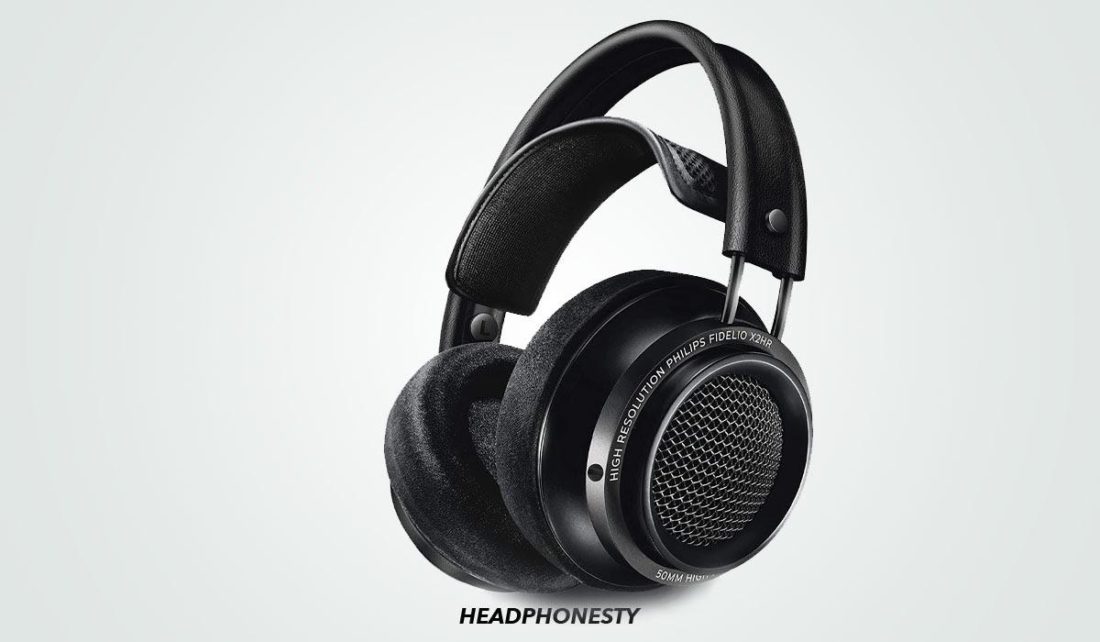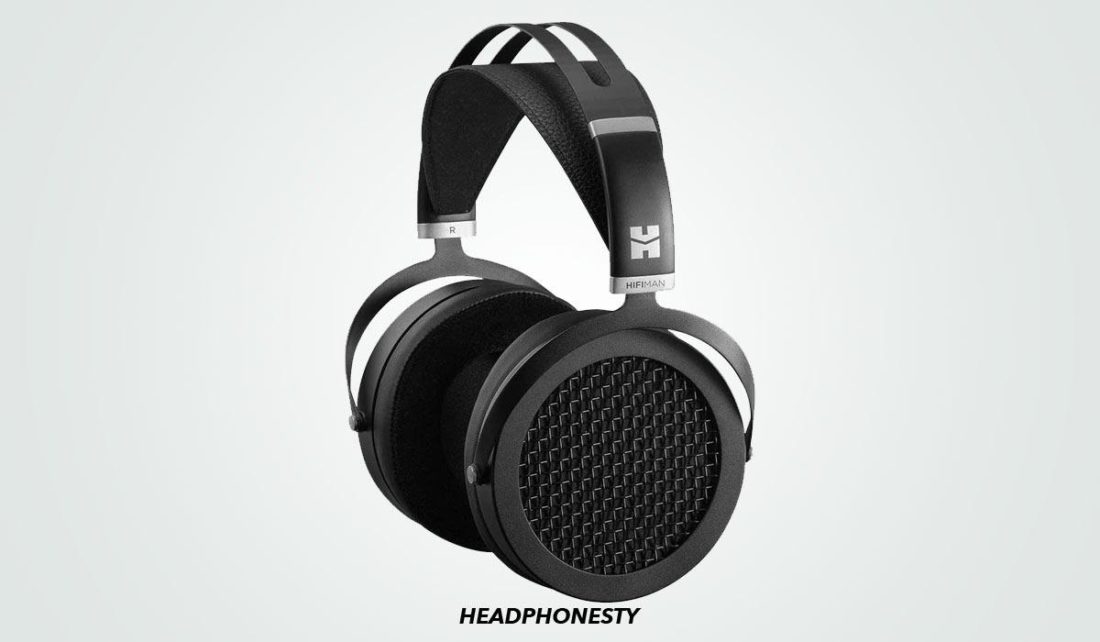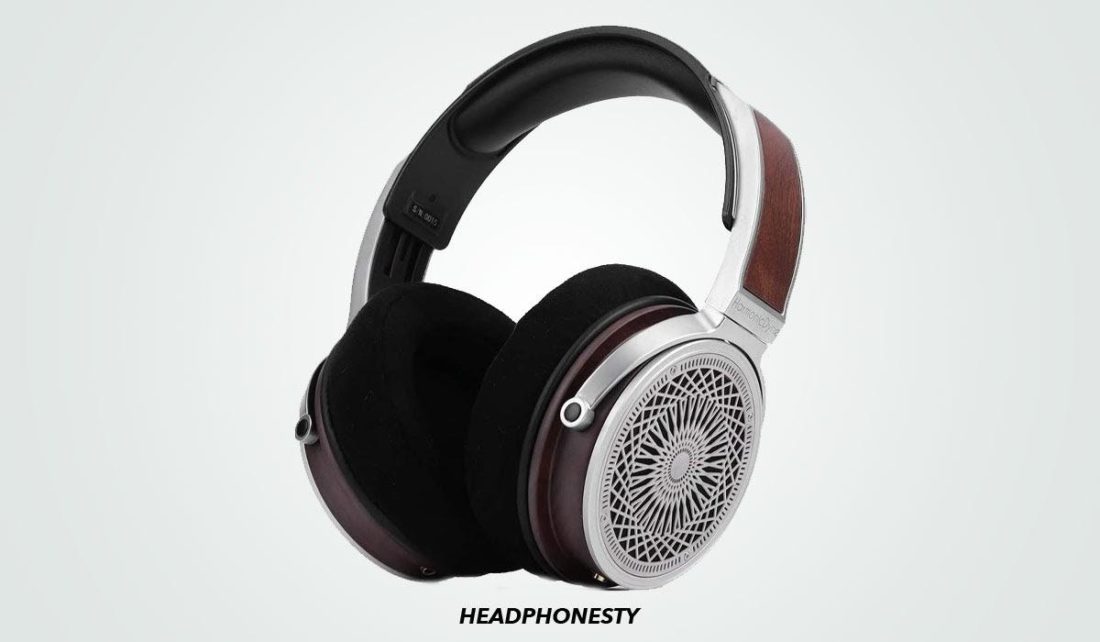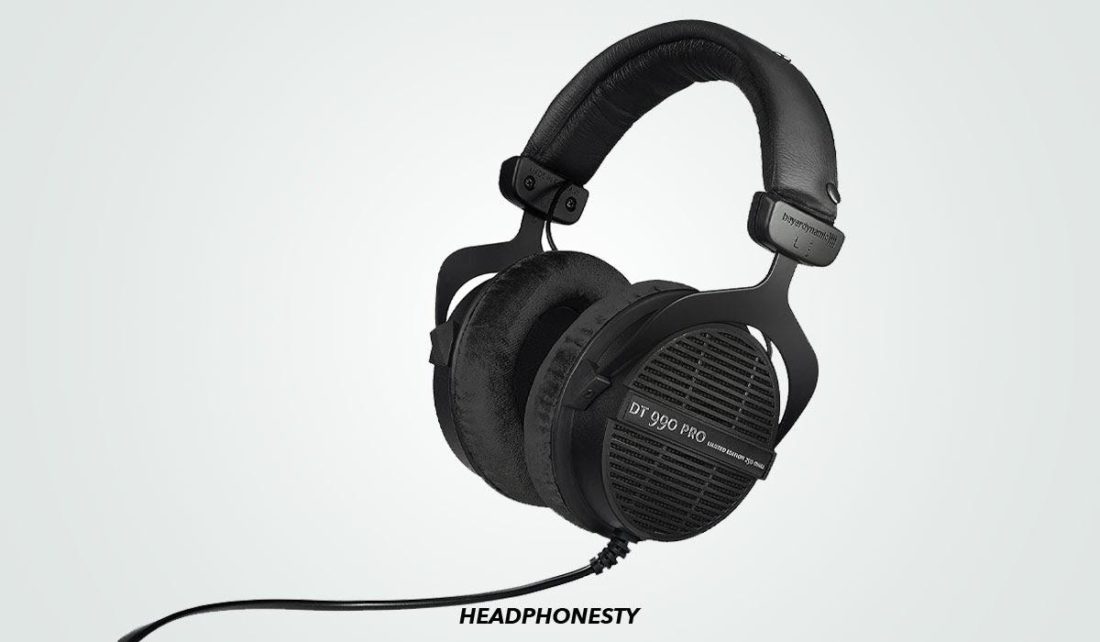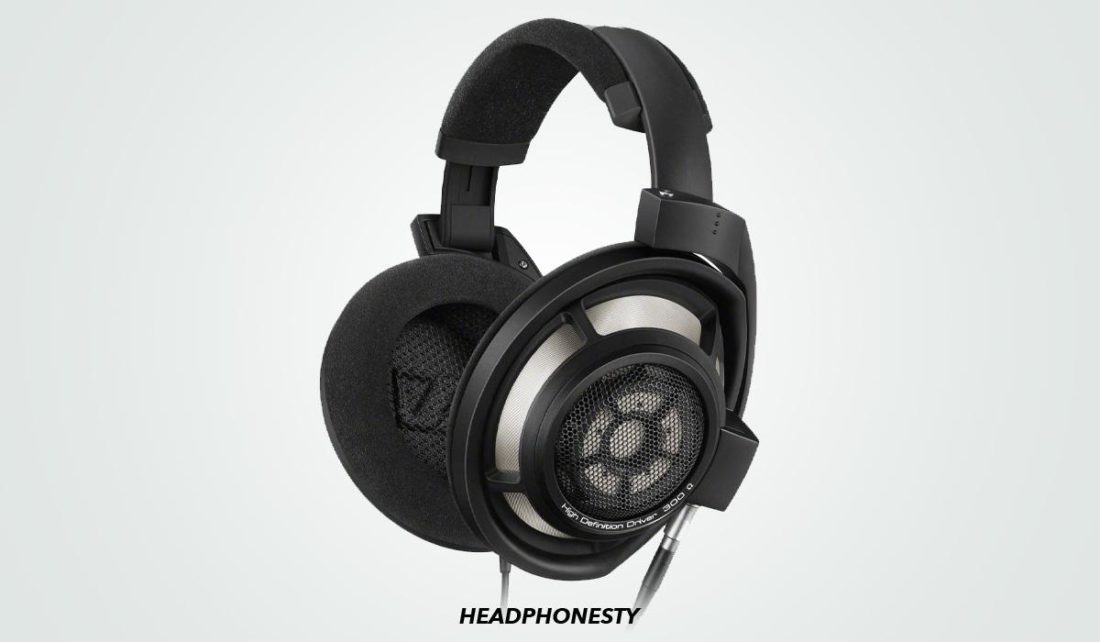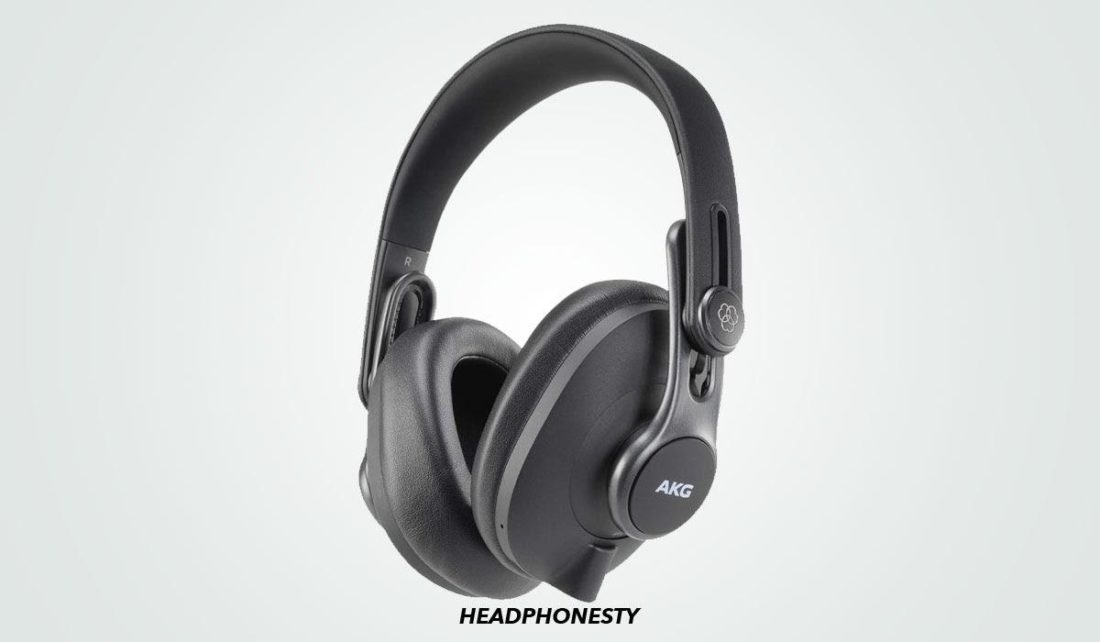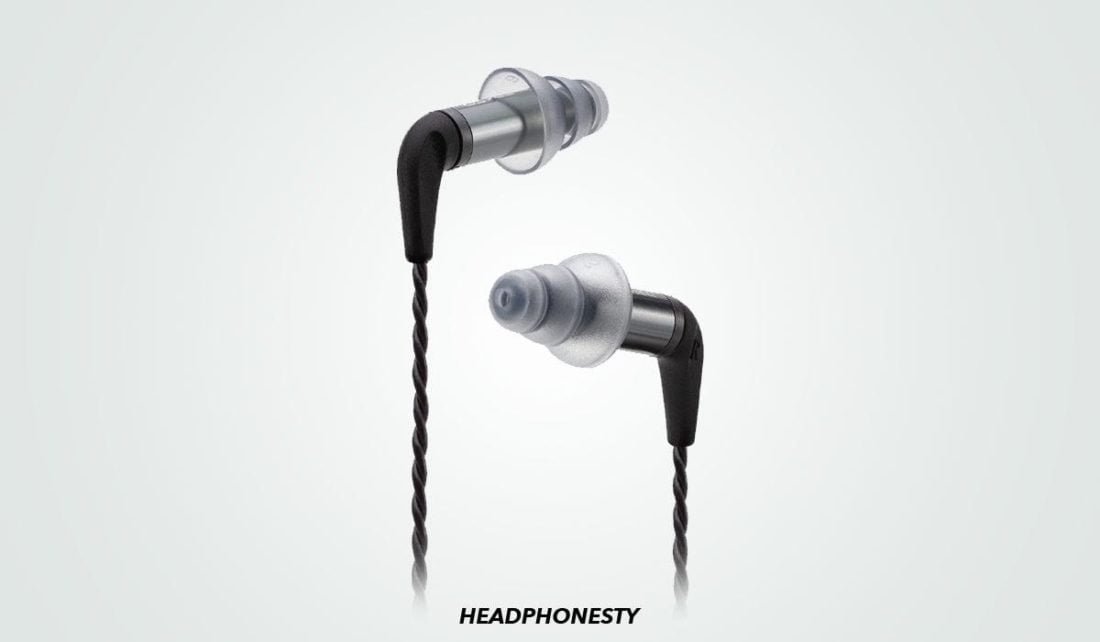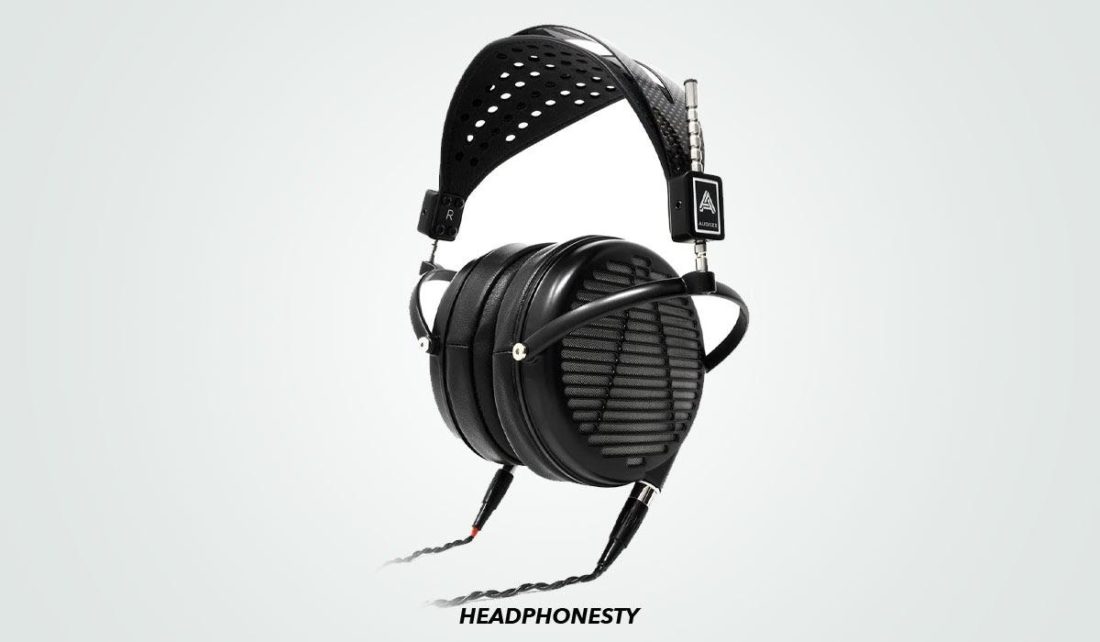How to Pick the Right Headphones for Classical Music
When listening to recorded pieces, you’ll notice that you can’t fully immerse yourself with the notes and dynamics unless you have a decent set of surround sound speakers or a good pair of headphones. But since true surround sound speakers take up space and costs a lot to install and maintain, headphones are easily the top option. But you can’t just pick any pair of headphones and expect classical music to sound perfect. Why? Because classical music takes advantage of the wide frequency range that humans hear and feel. A pair of headphones that limits that range can drain out certain instruments, ultimately, reducing the overall accuracy of the recorded piece. To bring out the most in your music, consider the below factors when shopping for a pair of headphones:
Philips Audio Fidelio X2HR
Key features
Type: Open-back Connectivity: Wired Impedance: 30Ω Sensitivity: 100db Driver: Dynamic Frequency range: 5Hz – 40kHz Weight: 380g
The Philips Audio Fidelio X2HR headphones are rated as some of the best for classical music. Their impedance and sensitivity ratings are good. Denoting that, even without an amp or DAC, you can expect great performance. Although, you are free to use an amp for a fuller performance. Let’s review three types of headphones you should be aware of, each with its own benefits and drawbacks:
Open-back
Open-back headphones feature open ear cups that allow more airflow. This provides a broader, more open soundstage that reproduces sounds more accurately. It also prevents air pressure from building up and helps keep your ears cool. These benefits should be enough to make open-back the obvious choice, right? Well, not really. Because there’s no back cover to stop sound from escaping, sound leakage is a major problem. The same is true for noise isolation. The free-flowing design cannot prevent outside noises from intruding. Open-back headphones are favored by enthusiasts and professionals. They’re often more expensive than other types of headphones. For most, it’s a fair trade. The wide soundstage allows for more accurate instrument reproduction and excellent sound quality. Well-made open-back headphones can help you to easily identify the unique characteristics of each instrument. None of them overpower each other. This makes them perfect for classical music.
Closed-back
As you might’ve guessed, closed-back headphones feature closed ear cups. They’re noticeably more popular than their open-back counterparts. This design ensures sound is kept within the ear cups for the most part. They also provide a more private listening experience. Bass also feels as though it’s more impactful, seeing as there is nowhere for it to escape. When worn for long periods, the lack of airflow can cause your ears to feel stuffy and constricted. And, as sound is restricted to the confines of the ear cups, it doesn’t sound as natural. Additionally, the proximity effect causes lows to be louder. This heavily impacts the accuracy of what’s being played. However, if you plan to use your headphones in a place where noise leakage is a concern, closed-back headphones are better than open. The sealed design also helps with noise isolation so you can concentrate on your music.
In-ear
IEMs, or in-ear monitors, are earbuds that feature a silicone or memory foam tip that sits inside your ear. Their portability is attributed to their small size. And, noise isolation is excellent thanks to the tips, as they create a seal that blocks outside noise. When it comes to price, they’re cheaper than both open-back and closed-back headphones. But, higher-end models can reach around the same price. These are the least recommended types of headphones for classical music. As we’ve mentioned, classical music benefits from a wide soundstage — a significant factor that IEMs cannot fulfill. However, if you’re often on the move, IEMs are the best choice. They’re lightweight and small enough to fit in almost any storage compartment. Most genres benefit from headphones that add color to their music. This entails increasing or decreasing certain frequency ranges to complement certain aspects of the music. Classical music, however, is meant to be heard as it was recorded. This means headphones shouldn’t manipulate the sound, as it takes away the accuracy of the track. There are two essential factors to consider when buying headphones to ensure you aren’t adding color to your music.
Frequency range
The frequency range refers to the range of frequencies they can reproduce. Each sound we hear is the result of vibrations through the air that are translated into sound — the lower the frequency, the lower the pitch, and vice versa. The average person hears between 20 hertz (Hz) to 20 kilohertz (kHz). This is why regular headphones usually fall within that standard range. However, this isn’t to say that frequencies outside of this range don’t serve a purpose. Anything below 20Hz and above 20kHz is often felt rather than heard. For example, the rumbling of a very low frequency will result in heavier bass. Instead of cutting off at 20Hz, outer limit frequencies provide a smooth transition. It’s for this reason that high-end headphones often have an extensive frequency range.
Sound signature
A sound signature refers to how much emphasis is put on the lows, mids, or highs. For example, you can use an equalizer to increase the lower frequency range. This will give the bass more power. Or, you can increase the higher frequency range to emphasize the treble. For classical music, everything has to stand out. This means increasing the lows is going to potentially drain out the mids and highs. A neutral sound signature is perfect for classical music, as everything is at the same level. This ensures there’s equal clarity in all sounds.
Dynamic: Dynamic drivers (also known as moving coil drivers) are the most commonly found due to their low price. Sound is produced using electromagnetism and magnetism to move the parts inside. While they excel at producing great bass, they are prone to distortion at high volumes. Planar Magnetic: These drivers are often installed in higher-end open-back over-ear headphones, and are often more expensive. They operate similarly to dynamic drivers but are heavier due to the addition of extra magnets. As a result, they have almost no distortion as well as good transient and bass responses. Balanced Armature: Due to their small size, balanced armature drivers are used exclusively in IEMs. Their small size limits their frequency range and bass response. To accommodate this, manufacturers often put multiple balanced armature drivers in their IEMs, each with a different frequency range. This creates a well-rounded, more complete sound. Electrostatic: The most expensive of all drivers, they make use of static electricity to produce an electric field that creates vibrations. They’re rare, and produce the highest quality and almost life-like sound out of all the listed drivers.
In addition to impedance, you must consider sensitivity. Sensitivity is measured in decibels (dB). It measures how loud the headphones will go when a specific voltage is applied. Like impedance, it will depend on the device you’re using. Low sensitivity headphones will work well with portable devices. High sensitivity headphones will need some extra power. When talking about comfort, consider these factors:
Weight – Heavy headphones will become uncomfortable fast, especially if you’ll be wearing them hours on end. Instead, consider a pair that’s lightweight. Even better, try them on in person before you buy. Materials – Consider the materials used for the earcups. Leather is a lightweight go-to for many as it’s comfortable and often very durable. Other people prefer a cushion-like fabric as it’s more breathable. Type – Of course, whether you buy on-ear, over-ear, or in-ear headphones will have a large impact. Over-ear headphones are considered the most comfortable as they don’t put any pressure on your ears. However, if you wear glasses, you might consider IEMs as you’re less likely to be affected by wearing them.
When compared to others, these headphones have one of the best price-to-performance ratios. The 50mm drivers come pre-tilted at a 15 degree angle to transmit audio signals directly into your ears. And, thanks to the wide soundstage, each instrument is clear and discernable. Each sound has room to breathe and doesn’t build up and rebound within the ear cup. Lows, mids, and highs are clean and detailed. In a track that features a myriad of instruments, as well as vocals, you can clearly identify each sound without it being overpowered by others. Comfort was a huge factor going into the design of these headphones. The memory foam cushions feature velour material to help your ears breathe. Included with the headband is a self-adjustable hammock to tailor the fit to your liking. The headphones feature a mixture of metal and plastic parts. The headphones feel flimsy, even with double-layered earcups intended to improve durability. Most of the frame is connected using plastic pins that easily break if they’re dropped. CHECK LATEST PRICE ON AMAZON
Hifiman Sundara
Key features
Type: Open-back Connectivity: Wired Impedance: 37Ω Sensitivity: 94 dB/mW Driver: Planar Magnetic Frequency range: 6Hz – 75kHz Weight: 372g
The Hifiman Sundara headphones offer a smooth and detailed playback of your favorite classical tracks. However, to experience what it has to offer, it may need to be paired with an amplifier or DAC. This consideration, as well as the slightly higher price tag, is what pushed it just below the Philips Fidelio X2HR’s. The great soundstage mixed with the planar magnetic drivers bring out the layers in your music that you would otherwise miss. The neutral sound signature complements classical music by keeping each frequency range level and distinguishable from one another. These headphones bring out a sense of softness in music, particularly in the mid-range. But when it comes to more lively pieces that feature a full orchestra, they still hold that kick that’s needed to feel the full impact of all combined instruments. The Sundara’s benefit from a wider frequency response and more detailed audio thanks to a new diaphragm that’s 80% thinner than their predecessors from the HE400 series. They also boast a much wider frequency range compared to the HE400’s 20Hz to 35KHz. Despite the great sound quality, the build quality stands out as something that’s lacking. The metal headband is a nice touch, but there are plastic fittings that cause the headphones to feel flimsy and loose. This isn’t much of a problem when worn, but the continued flaying of the headphones when handled can be concerning, especially when these headphones don’t exactly come cheap. CHECK LATEST PRICE ON AMAZON
HarmonicDyne Zeus
Key features
Type: Open-back Connectivity: Wired Impedance: 64Ω Sensitivity: 100 +3dB Driver: Dynamic Frequency range: 10Hz – 40KHz Weight: 380g
As a predecessor to the HamonicDyne Helios’ (which was the result of a successful crowdfunding campaign), the HarmonicDyne Zeus headphones bring your music to life with warm bass and textured mids. And, with relaxed highs, your ears are less likely to be fatigued from higher frequency instruments like violins. These headphones offer a very wide frequency range from 10Hz to 40kHz. As a result, you’ll hear and feel everything in your music. The frequencies outside of the average range will be felt rather than heard, subtly complementing the lows and highs of your music. All this happens within the soft memory foam earpads that’re enclosed by a velour material, resulting in a super comfortable fit over the ears. The price of the Zeus headphones is almost double that of the Helios’. Many question whether the bulky metal box case that they come in is necessary, seeing as the average consumer isn’t going to lug it around. But, the earpads are an improvement over the Helios’, coming with more padding to help ease tension brought on by the clamping force. CHECK LATEST PRICE ON AMAZON
Beyerdynamic DT 990 PRO
Key features
Type: Open-back Connectivity: Wired Impedance: 80 or 250Ω Sensitivity: 96 dB/mW Driver: Dynamic Frequency range: 5Hz – 35kHz Weight: 364g
For open-back headphones, the Beyerdynamic DT 990 PRO’s are relatively cheap — just falling behind the X2HR’s in price. But in spite of their wide soundstage and great sound clarity, they fall lower on the list due to their impedance rating. The wide soundstage gives every instrument enough room to breathe. There is a mild boost to both bass and treble that results in deep lows and lively highs, but it’s subtle enough so that it doesn’t overpower the sounds in the midrange. For admirers of classical pieces like Mozart’s Symphony No. 40, the DT 990 PRO’s will add excitement into the great bass lines and dynamic violins. The open-back design is a change from the semi-open design featured on the Beyerdynamic DT 880 Pro’s. It also seems like they’ve moved slightly away from the neutral sound offered by its predecessors with the slight boost in lows and highs of the DT 990 Pro’s. This could be a pro or a con depending on what your preference is. Beyerdynamic DT 990, lets you choose between two impedance options: 80 ohms or 250 ohms. With such a high impedance, it’s unlikely that you’ll reach adequate volume levels when using it on a small device like a smartphone. To avoid disappointment, these definitely need to be used with a DAC or amplifier to give them the juice they need. CHECK LATEST PRICE ON AMAZON
Sennheiser HD 800 S
Key features
Type: Open-back Connectivity: Wired Impedance: 300Ω Sensitivity: 100 dB Driver: Dynamic Frequency range: 4Hz – 51kHz Weight: 331g
The Sennheiser HD 800 S headphones are more premium than most on this list, and the price reflects this. Often used as a standard when comparing headphones from other high-end brands, they offer excellent sound detail and clarity with their impressive frequency range, resulting in a more natural sound. Right off the bat, you’re going to need a DAC or amp to use these. Period. The large soundstage provides three-dimension audio from left to right and front to back. Sennheiser’s object was to remove the lines between playback and reality, and the quality of sound you experience through these headphones shows that. The extremely wide frequency range of 4Hz to 51kHz means every instrument can be heard clearly, as well as where that instrument is located. A problem with the previous Sennheiser HD 800’s was with the highs. At loud volumes, there was a loud sizzle. Sennheiser has addressed this with the 800 S’. Although there is still some slight sizzling at high volumes, some is to be expected from one of the largest dynamic drivers used in any headphones at 56mm. Overall, the build and sound quality is excellent, as you’d expect from a pair of headphones with this price tag. The average consumer may not benefit from them, but classical admirers will feel their music come to life thanks to the mixture of premium-grade materials and careful design considerations. CHECK LATEST PRICE ON AMAZON
AKG Pro Audio K371BT
Key features
Type: Closed-back Connectivity: Wireless Impedance: 32Ω Sensitivity: 114 dB Driver: Dynamic Frequency range: 5Hz – 40kHz Weight: 300g
The AKG Pro Audio K371BT closed-back headphones have a unique design and good sound quality. They also give you the ability to cable up or listen to your music wirelessly, providing more freedom than other headphones on this list. The 50mm transducers produce clear, detailed audio. Although it’s lacking that natural feeling provided by a wide soundstage, instruments, as well as where they’re located, are still very discernable. The detachable cord also gives you the freedom to unplug and continue listening wirelessly if you want to take them with you. However, listening wirelessly can have an impact on the quality of your audio due to the connection quality and Bluetooth codecs used. The new K371BT’s offer an incredible 40-hour battery life over the previous 20-hours offered by the K361BT’s. Additionally, the range of frequencies supported by the headphones has been increased from 15Hz to 28 kHz on the K361BT’s to 5Hz to 40kHz on the K371BT’s Theoretically, the design seems great. The earcups are raised and lowered using the sliders on the side. And, they can be folded in on themselves for easy storage and transportation. But, when tightened in position, most of the pressure sits at the top of the cup, which causes the bottom portion to pull away from your ears. This, in turn, causes noise leakage that many are trying to avoid with closed-back headphones. The unique design can be a deterrent for some potential buyers. However, as far as audio quality goes, the K371BT’s are a very strong competitor for a pair of headphones that have a closed-back design. CHECK LATEST PRICE ON AMAZON
Etymotic Research ER4SR
Key features
Type: In-ear headphones Connectivity: Wired Impedance: 45Ω Sensitivity: 98 dB Driver: Balanced Armature Frequency range: 20Hz – 16kHz Weight: 90g
If you’re not looking for a pair of over-ear or on-ear headphones, the Etymotic Research ER4SR IEMs are the next best option. As surprising as it is to find a pair of IEMs on this list, it makes sense considering each person has a different lifestyle, and in turn, different audio needs. For their size, they offer great sound quality and accuracy. Their small size makes them extremely portable, being able to fit inside your pocket. A welcomed edition are the filters that sit at the end of the ear tip. These filters smooth out the frequency response to prevent piercing sounds at very high frequencies. Moreover, the ear tips are also great for noise isolation and can block up to 42dB of outside noise. The new ER4SR’s offer a detachable cord, something that’s missing from the previous ER4S’. Additionally, the body is now metallic and much more durable than the plastic ESR4S’ which would often slip away from your ear. As you’d expect from smaller drivers, these headphones have the most limited frequency range. As a result, the clarity of each instrument may suffer as instruments at either end may struggle to stand out. But, what they lack in frequency range they make up for in being a compact heavy-hitter with their sound accuracy and added noise isolation. CHECK LATEST PRICE ON AMAZON
Audeze LCD-MX4
Key features
Type: Open-back Connectivity: Wired Impedance: 20Ω Sensitivity: 105 dB Driver: Planar Magnetic Frequency range: 10Hz – 50kHz Weight: 575g
Don’t mistake the Audeze LCD-MX4’s as being one of the worst on this list because they’re at the bottom. In fact, these are some of the best headphones you can buy. Their large 106mm planar magnetic drivers deliver natural sound without the worry of distortion when pushed to their limits. The low impedance means you are able to use these headphones with smaller electronic devices. But, to unlock their full potential, they’re best paired with a DAC or amp. Additionally, their planar magnetic drivers ensure smooth and accurate playback. The ultra thin diaphragm is designed to deliver astonishing sound quality. This is what contributes to the near zero distortion, even at very high volumes. Plus, what completes this accomplishment is the double-sided magnet arrays that apply equal force to ensure there’s no imbalance. Of course, premium components come with a premium price. While these headphones offer undeniably superb performance, their price range makes them very inaccessible to the average consumer. As a result, they don’t take the number one spot, but they are rated as the best pair of premium headphones you can buy for listening to classical music. CHECK LATEST PRICE ON AMAZON
